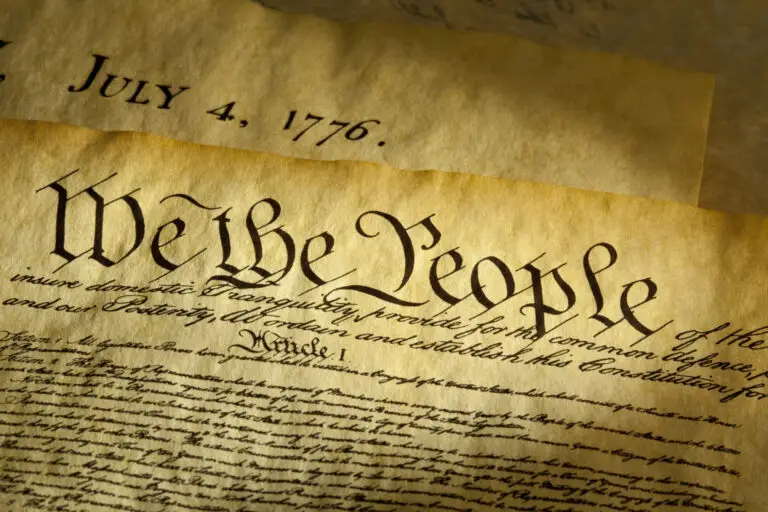American Revolution

Table of Contents
How the American Revolution Started
The American Revolution lasted from 1765 to 1783 and was a pivotal period in history during which the thirteen American colonies sought and ultimately achieved independence from British rule. Political, social, economic, and military factors drove this transformation.
The colonies were discontented with British policies, particularly taxation without representation in Parliament. This discontent was fueled by the British government’s imposition of various taxes and laws, including the Stamp Act, the Townshend Acts, and the Intolerable Acts, which were seen as unjust and oppressive.
Economic frustrations played a significant role, as the colonies were restricted by British mercantile policies that controlled their trade and limited economic growth. The Navigation Acts and other regulations were particularly resented because they hindered the colonies’ ability to trade freely.
The situation escalated into armed conflict, starting with battles such as those at Lexington and Concord in 1775. The colonial militias initially faced the formidable British Army and Navy but gradually gained strength and support.
American Revolution Events
The American Revolution began on April 19, 1775, with the Battles of Lexington and Concord marking the first armed conflicts between American coålonists and British forces.
The Second Continental Congress convened in 1775, played a central role in organizing the colonial war effort, and ultimately declared independence from British rule on July 4, 1776, by adopting the Declaration of Independence.
The British Army faced significant challenges adapting to the unconventional warfare tactics employed by the American colonists, who often utilized guerrilla and irregular tactics.
The Battle of Saratoga in 1777 is considered a turning point in the war. American forces, led by General Benedict Arnold and General Horatio Gates, achieved a decisive victory over the British, which helped secure French support for the American cause.
The winter at Valley Forge in 1777-1778 was challenging for the Continental Army, as they faced harsh conditions, including food shortages and exposure. However, it also became a time of training and discipline under General George Washington’s leadership.
The Treaty of Alliance with France in 1778 formalized the military and economic support provided by the French to the American colonies, strengthening the Continental Army’s position against the British.
The Siege of Yorktown in 1781 marked the final major military action of the Revolutionary War. American and French forces, under Generals Washington and Rochambeau, successfully besieged the British army led by General Cornwallis.
The Treaty of Paris of 1783 officially ended the Revolutionary War, recognizing the United States’ independence and establishing the boundaries between the newly formed nation and British North America.
The Articles of Confederation, adopted in 1781, served as the first constitution of the United States but proved ineffective in providing a strong central government. This led to the drafting and adoption of the U.S. Constitution in 1787.
The American Revolution had a profound impact on the development of democratic ideals and institutions. It influenced the creation of the U.S. Constitution and served as a model for other independence movements around the world.
Related Links
Articles of Confederation
Declaration of Independence
Enlightenment
Second Continental Congress